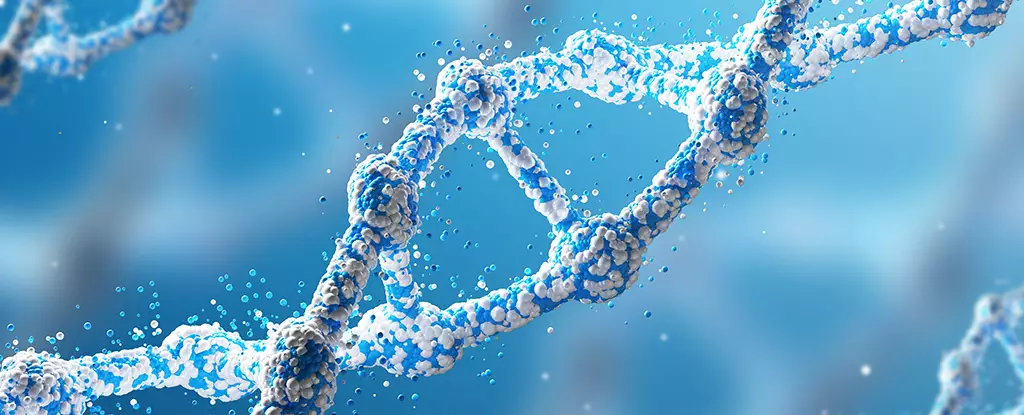The concept of swallowing an artificial life form to analyze or remove diseases sounds like something straight out of a science fiction movie. However, researchers from the University of Southern Denmark and Kent State University in the US are exploring the potential of specially-designed hybrid molecules of DNA and protein to create these artificial life forms. The goal is to develop tiny bio-bots that can be programmed to target specific health issues, such as delivering drugs or stimulating immune system response cells. This article delves into the groundbreaking research and the potential applications of these artificial life forms.
In nature, some disease-causing viruses have no natural enemies. The researchers propose creating an artificial life form that can serve as an enemy to these pathogens. The vision is to engineer viruses, bacteria, and cells to act as artificial allies against diseases. By combining the precise coding abilities of DNA with the versatility of peptides, these hybrid biomolecules can be developed to effectively combat pathogens within the body.
While the development of artificial life forms is still in its early stages, the researchers have already made significant progress. They have successfully constructed peptide-DNA conjugates, which combine the control offered by DNA coding with the versatility of peptides for manipulating chemical environments. These hybrid biomolecules not only pave the way for artificial life forms but also hold potential for viral vaccines. By leveraging this technology, scientists can create custom-made vaccines tailored to combat specific infections, potentially revolutionizing the way we fight diseases.
Advancements in DNA editing techniques have enabled scientists to manipulate the blueprints of all organisms. Combined with the integration of peptides, these innovations unlock new possibilities. Hybrid molecules have been utilized to create tiny nanostructures, transport cancer medication, and open channels in cell membranes. By engineering these molecules to be adaptable and precisely controllable, targeted immune system responses can be induced, and early diagnosis of bodily conditions can be achieved.
The field of hybrid biomolecules and artificial life forms is still in its infancy, emerging only in the past decade. However, the potential it holds is immense. The ability to produce tailored and controllable engineered molecules opens up a myriad of possibilities in healthcare and medical research. Imagine a future where diseases can be tackled with personalized, artificial allies inside our own bodies, programmed to target and eliminate specific health issues.
The prospect of artificial life forms created from hybrid molecules of DNA and protein is both exciting and promising. The research being conducted by the University of Southern Denmark and Kent State University lays the groundwork for a future where diseases can be approached through innovative bio-bots, engineered viruses, bacteria, and cells. The applications of these artificial life forms extend beyond disease treatment, holding potential for viral vaccines and targeted immune system responses. While still in its early stages, this research unveils a new frontier in the field of biotechnology and offers hope for revolutionizing healthcare and medical advancements.


Leave a Reply